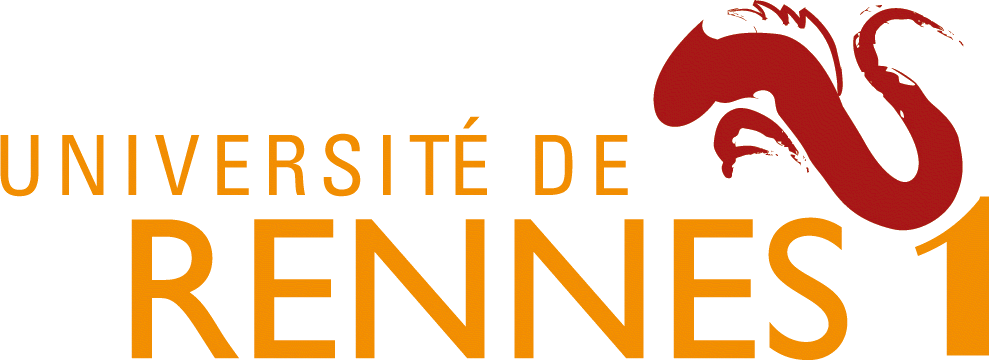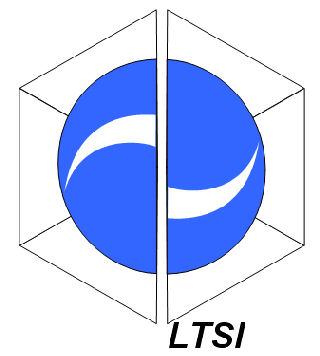News
Members
Publications
Software / Data
Job offers
Images / Videos
Collaborations
Conferences
Lab meetings: "Les partages de midi"
Practical information
Members Area
Next conferences we are in …


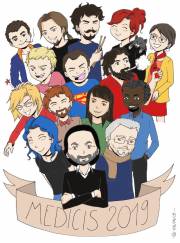
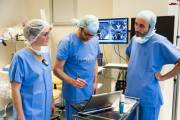
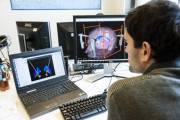
High frequency and continuous electrical stimulation of deep brain structures (DBS) has been demonstrated as an efficient minimally invasive surgical treatment for treating motor related diseases and recently severe neuropsychological diseases. The quality of the clinical improvement, as well as the existence of motor, neuropsychological or psychiatric side effects strongly depend on the location of the electrodes. To improve targeting and post operative evaluation for better outcome and reduced side effects, we studied and implemented an approach based on numeric and symbolic models for helping decision making process in deep brain stimulation surgery, in the context of the ANR project ACouStiC (PI: P. Jannin).
The objective is to improve surgical quality by means of surgical decision support based on models of surgical knowledge from retrospective clinical data. Decision support will be studied for surgical planning and performance. For surgical planning, the vision is to learn optimal decision as regards to the clinical context including patient clinical data and to propose the surgical strategy with best-predicted outcome. We aim at predicting optimal surgical patient outcome in functional neurosurgery (including Deep Brain Stimulation and epilepsy surgery) and 2) computation of most usual surgical procedures according to patient clinical data.
We aim at computing predictive rules from data base of retrospective surgical cases using data mining approaches. We will first rely on the results of the previous successful ANR project in Deep Brain Stimulation and on the collected data. We will study data mining methods allowing computing rules that express, according to the patient characteristics, the surgical strategies that gave the best clinical outcome as regards to a retrospective population. We will also study patient profiles where DBS does not provide statisfactory outcome. We aim at defining rules for patient selection, which may be used at the early surgical strategy decision stage. For such analysis, we will use two available data bases from Rennes and Paris of Parkinson patients (about 500 cases in total). Cross validation approaches will be used to validate the computed rules. Then, we will study the extension of our approach in the context of epilepsy surgery. This new direction will be explored in collaboration with the SESAME team.

